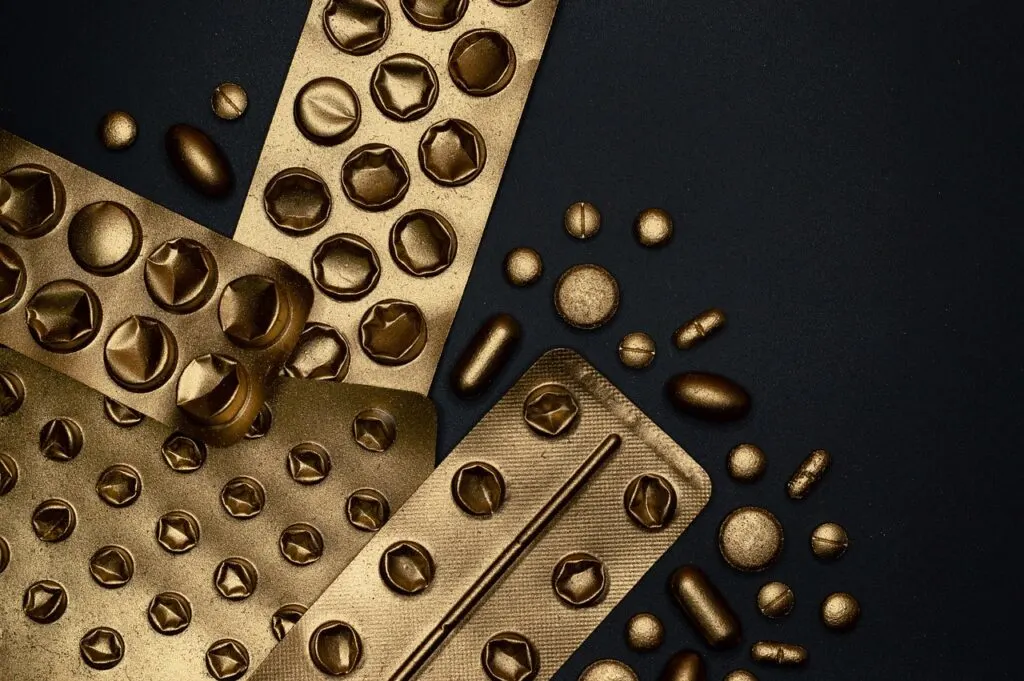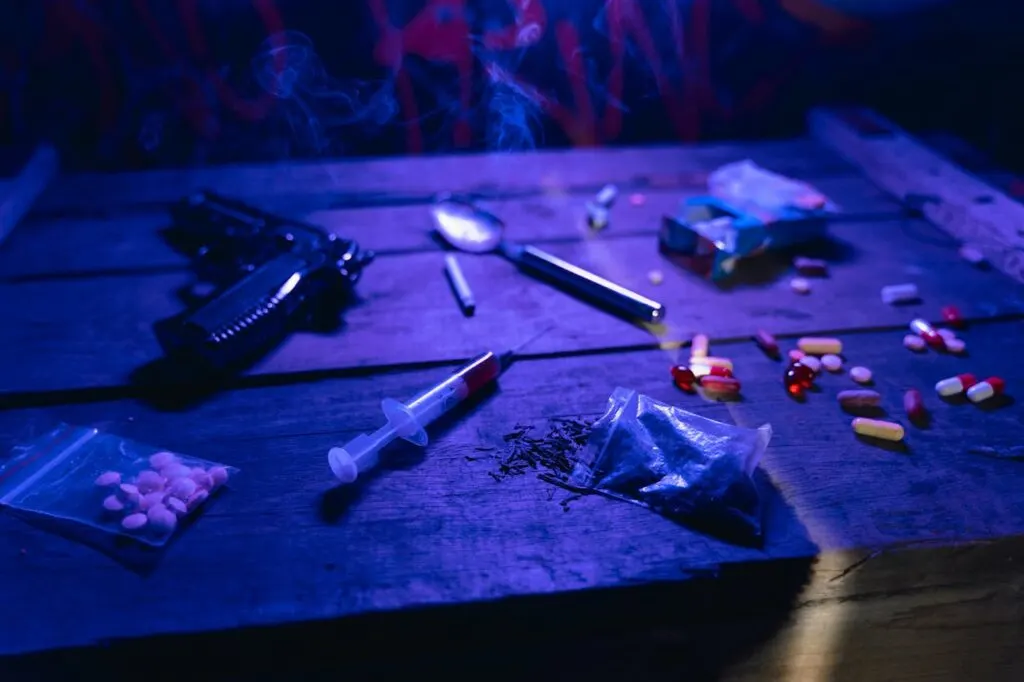This post may contain affiliate links. I only recommend products I use and love. Read the full disclosure here
Last Updated on February 18, 2025 by Alaina
Opioid addiction has emerged as one of the most pressing public health crises in recent years. The surge in opioid prescriptions, coupled with the increasing prevalence of illicit opioids like heroin and fentanyl, has devastated individuals and families across various demographics. Highlighting the needs for effective treatments to help beat opioid addiction.
Since the early 2000s, the rate of overdose deaths involving opioids has skyrocketed. According to the National Institute on Drug Abuse, more than 70% of all drug overdose deaths involved an opioid in 2019. However, amid these alarming statistics, effective treatments have been developed that offer hope for recovery and resilience against this compelling addiction.

Understanding Opioid Addiction
Before discussing treatments, it is essential to understand what opioid addiction is. Opioids are substances that act on opioid receptors in the brain, resulting in pain relief and euphoric feelings. While these effects can be beneficial in controlled medical settings, they also have a high potential for misuse. Many individuals develop a tolerance over time, meaning they need higher doses to achieve the same effects, leading to a cycle of addiction that is hard to break.
The causes of opioid addiction are multifaceted, including genetic, environmental, and psychological factors. Stressful life events, existing mental health issues, and even a history of substance use in families can increase the likelihood of an individual developing an opioid addiction.
The consequences of this addiction are grave, often resulting in debilitating physical and psychological problems that extend well beyond the individual to affect families and communities.
Medications for Opioid Use Disorder
One of the cornerstone strategies in fighting and hopefully beating opioid addiction is the use of medications designed to reduce cravings and withdrawal symptoms. The three primary medications approved for treating opioid use disorder are methadone, buprenorphine, and naltrexone. Each of these has unique properties that can help patients in different ways.
Methadone is a long-acting opioid agonist that helps to stabilize patients by preventing withdrawal symptoms and cravings without producing the high associated with other opioids. Available through specialized clinics, methadone maintenance therapy has proven effective in reducing illicit opioid use and overdose rates.
Buprenorphine is a partial agonist that provides many of the same benefits as methadone but can be prescribed in outpatient settings, which enhances accessibility for those seeking treatment. Buprenorphine allows for less stigma and more privacy, which can ease the process for many struggling with addiction.
Naltrexone, on the other hand, is an opioid antagonist that must be used in patients who have already detoxified. It works by blocking the euphoric effects of opioids, helping to prevent relapse. When utilized effectively, these medications can be instrumental in the recovery journey, allowing patients to reclaim their lives.
Behavioral Therapies
While medication plays a critical role in the treatment of opioid addiction, complementary behavioral therapies are paramount. These therapies help individuals address the psychological, emotional, and social factors that contribute to their addiction. Cognitive-behavioral therapy (CBT) is one such method that focuses on identifying and changing negative thought patterns and behaviors related to substance misuse.
Another widely effective approach ti beat opioid addiction is contingency management, which uses a system of rewards to reinforce positive behaviors, such as attending therapy sessions or remaining abstinent from substance use. Engaging in support groups such as Narcotics Anonymous can offer individuals a sense of community, enabling them to share experiences and encourage one another during their recovery journeys.
Ultimately, a combination of medication and behavioral therapies maximizes success rates in those seeking to overcome opioid addiction, paving the way for long-term sobriety.
Integration of Treatment Services to Beat Opioid Addiction
A crucial development in the fight against opioid addiction is the integration of treatment services. This approach emphasizes coordinated care across various health domains, including mental health, physical health, and social support. Individuals battling opioid addiction often face co-occurring mental health disorders, such as anxiety or depression.
Addressing both the addiction and these mental health issues concurrently can notably improve outcomes. Through coordinated care, patients benefit from a holistic treatment model that recognizes the interplay between their mental and physical health. As the team of Luxe Treatment Center experts explains, opioid addiction treatment centers that adopt these integrated models have shown higher rates of patient engagement, satisfaction, and most notably, better recovery outcomes.
Emerging evidence suggests that combining primary care services with specialty addiction treatment can yield effective strategies for tackling this complex issue. Consequently, collaboration among healthcare providers, community organizations, and social services is vital for creating supportive networks that enhance the recovery process.
Barriers to Treatment
Despite the effectiveness of available treatments, numerous barriers to accessing care still exist. The stigma surrounding opioid addiction often dissuades individuals from seeking help due to fear of judgment or discrimination.
A shortage of providers trained in addiction medicine further complicates the situation. Geographic limitations may hinder access to treatment facilities, especially in rural or underserved areas. Economic factors, such as lack of insurance or high treatment costs, can also serve as deterrents.
Addressing these barriers requires a multifaceted approach, including public awareness campaigns to reduce stigma, increased funding for addiction treatment programs, and expanded access to services in remote regions.
Long-Term Recovery Strategies
Long-term recovery from opioid addiction demands ongoing commitment and support. Individuals emerging from treatment often benefit from aftercare programs designed to reinforce the skills they learned during their initial treatment. Aftercare can include various services, such as ongoing counseling, group support, and continued medication management.
Establishing a strong support system among family, friends, and recovery communities is also key to maintaining sobriety. For many, finding purpose and fulfillment outside of drug use is vital for achieving lasting recovery. Involvement in new activities, such as volunteering, hobbies, or educational pursuits, can provide the strength and motivation needed to resist relapse.

The Role of Family Support
Family members play an essential role in the recovery process. Their encouragement can be instrumental during treatment, providing the emotional support needed to navigate challenging times. The capacity for families to learn about addiction significantly aids in their understanding of the struggles that their loved ones face.
Increased knowledge about opioid addiction can lessen anger and resentment while fostering an environment conducive to recovery. Family therapy sessions also prove beneficial, as they create a space for open dialogue, healing, and improved communication. In many cases, ensuring that families are involved in the recovery process strengthens the likelihood of a successful outcome.
Current Statistics on Opioid Addiction
Recent statistics illustrate the severity of the opioid crisis and the importance of effective treatments. According to the CDC, more than 500,000 people died from opioid overdoses from 1999 to 2019. Moreover, a study published in JAMA Network Open found that emergency departments experienced a significant increase in visits related to opioid overdoses during peak periods of the pandemic.
These figures underscore the urgency for robust treatment options to combat this pervasive issue. Despite these staggering statistics, many individuals have successfully navigated their recovery journey. The Recovery Research Institute reported that approximately 20 million adults in the United States have experienced a substance use disorder and about 10% of those sought treatment.
By increasing awareness and accessibility to effective treatments, society can foster healthier trajectories for those impacted by opioid addiction.
As our understanding of addiction evolves, the potential for targeted therapies that address specific aspects of opioid misuse continues to grow. Each step forward in the realm of opioid addiction treatment brings communities closer to overcoming this devastating epidemic. With comprehensive approaches that integrate medical and therapeutic strategies, those battling opioid addiction can find renewed hope in their journey toward recovery.
